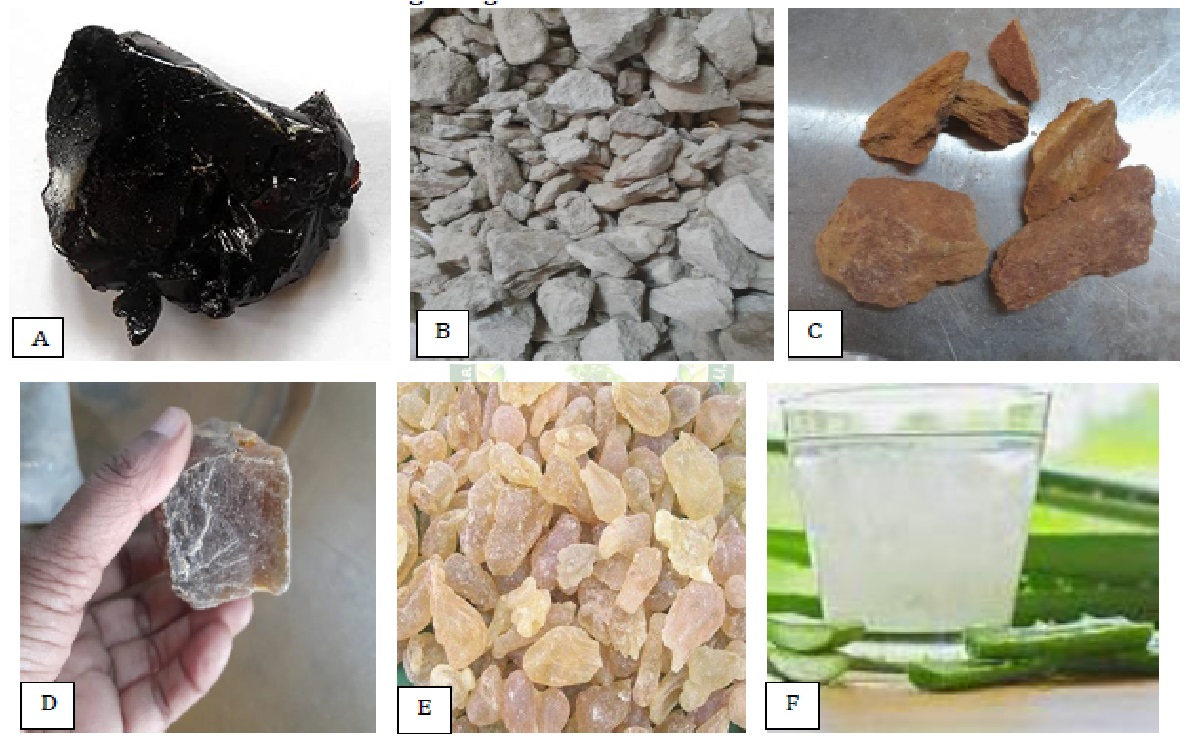Karuthavattu Ointment - An Approach to Pharmaceutical Modification
Abstract
Repositioned or reformulated products are those products which are reconstituted into a new form investigating their impact on market demands. It has great relevance on drug research and development. As a result of such market needs, pharmaceutical companies are looking for cost-effective products and making it more patent friendly. Developing a new formulation or indication for already known drugs can be considered as an appealing strategy for drug developers. Aim of form change is to increase patient friendly usage of a product without compromising its quality and potency. Lepa kalpana is one among the Bahirparimarjana Chikitsa used in Ayurveda. Karutha vatu is a traditional Gulika yoga explained in Sahasrayoga Gutika prakarana for the treatment of headache. The formulation is intended to apply externally over forehead or bregma with suitable medium for the cure of various types of head ache. The formulation contains Kundurushka (Oleo gum resin of Boswellia Serrata), Kanya rasa (Aloe vera), Kathini (silicate of magnesia), Karigoodha (Karndivenna) and Sahasravedhi (limonite). Making Lepa out of pill is a tedious task for the patients in present scenario due to their busy life schedules. It also creates problem of non-uniform mixing. Hence a form change of this tablet into ointment is necessary for greater patient’s acceptance. The formulation is tested for its analytical values and discussed in this article.
Downloads

Copyright (c) 2023 International Journal of Ayurveda and Pharma Research

This work is licensed under a Creative Commons Attribution-NonCommercial-ShareAlike 4.0 International License.






